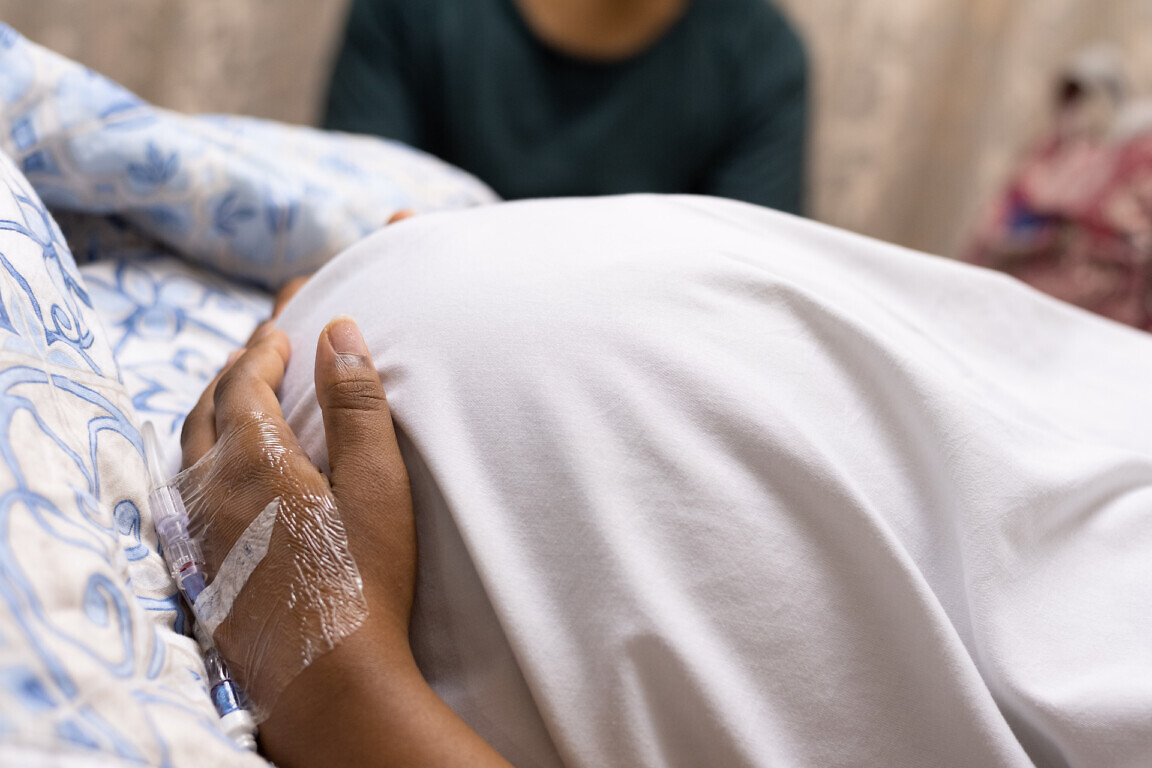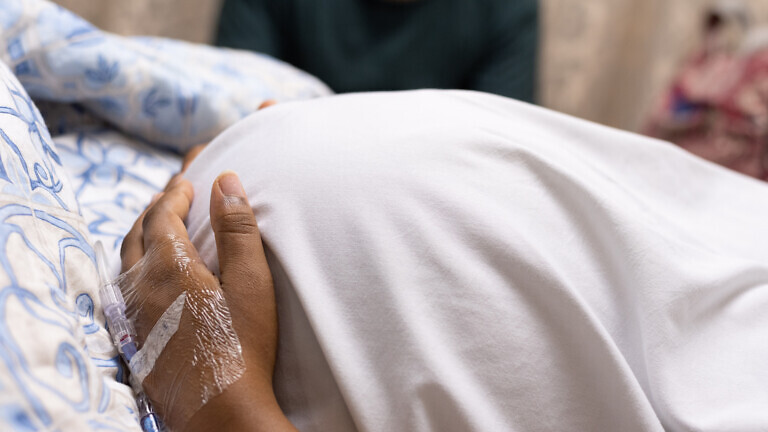A Liverpool University study has found that babies born to mothers of black ethnicity face an 81% higher risk of death compared with babies of white mothers.
Following reports earlier this week from the Royal College of Nursing and Age UK that highlighted the significant barriers that remain for both nurses and patients of colour within the NHS, a new report suggests that it is no better in neonatal units either.
The study, which uses data from all NHS neonatal units in England and Wales, has found that mortality rates among babies admitted for specialist care vary significantly depending on socio-economic background and ethnicity.
The analysis examined data on more than 700,000 babies admitted between 2012 and 2022. It is the first UK study to assess both socio-economic and ethnic inequalities in neonatal units at all stages of pregnancy, while also accounting for maternal and birth-related factors such as preterm birth and illness severity at admission.
“Our analysis shows that socio-economic and ethnic inequalities independently shape survival in neonatal units and maternal and birth factors explain only over half of the socio-economic and ethnic inequalities,” said lead author Samira Saberian in the Health Inequalities Policy Research Group at the University of Liverpool.
The highest mortality rates
The study found that babies born to mothers in the most deprived areas had a 63% higher risk of dying before discharge compared with those from the least deprived areas, and even after accounting for deprivation and maternal/birth factors, the risk remained elevated.
Babies born to mothers of black ethnicity had the highest mortality rates most years of the study period, facing an 81% higher risk of death compared with babies of white mothers, which – again – remained elevated even after adjusting for deprivation and maternal/birth factors.
Babies of Asian mothers also had a 36% higher risk of death than those of white mothers. The study showed that deprivation and ethnicity each had their own impact on newborn survival within neonatal units – meaning one could not explain away the effect of the other.
The authors emphasise that these findings have implications for policy and practice. Action is needed to address both the upstream social determinants of health and clinical care pathways. Recommended strategies include improving socio-economic conditions for women during the perinatal period and embedding culturally sensitive interventions for groups at higher risk of adverse neonatal outcomes.
“Our findings reveal, in stark detail, that even in 2025, too many children face significant challenges from birth – and for some, even before they are born. I hope this evidence drives real action to address the wider factors that shape health outcomes,” said David Taylor-Robinson, Liverpool University’s professor of public health and policy.



